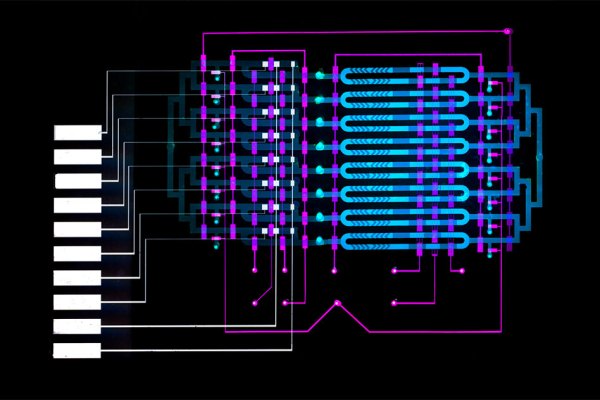Researchers at MIT have developed a new type of sensor that could make diagnosing sepsis much quicker, easier and more affordable than ever before. This could have a huge potential impact, as sepsis is one of the leading causes of death in hospitals, and is responsible for almost 250,000 patient deaths per year in the U.S. alone.
The method developed by MIT employs microfluidics to detect the presence of key proteins in the blood that act as early warning signs about the onset of sepsis. One in particular, called “interleukin-6” or IL-6, appears hours before any other symptom appears in a patient. Ordinary “assay” or blood test devices aren’t able to pick it up that quickly, however, because, despite the fact that it can spike early on, these spikes don’t actually represent significantly high levels relative to what these traditional methods are able to pick up.
MIT’s system can automatically detect these higher concentrations very early, using less blood than you’d get from even just a finger prick. Results are available in just 25 minutes, which contrasts with hours for traditional methods, or half an hour for more modern “point-of-care” systems that have been brought to market recently, which can nonetheless use higher quantities of blood and are much more expensive overall.
The way that MIT was able to work around these limitations was by using a testing method that mirrors a lab-based detection method for IL-6 that uses tiny magnetic beads to show the presence of the protein, while reducing the size so that it’s actually field-deployable. Existing field methods use high-quality optics, which are expensive and don’t allow for much in the way of cost-saving innovations, keeping the price of these tests and the hardware needed to run them prohibitive for wide use.
Researchers plan to continue their work by developing a full panel of proteins that act as early markers for sepsis detection to reinforce the accuracy of their diagnosis. The system could be tuned to detect a range of different biomarkers, however, so its potential applications could extend to other diagnostics as well.
